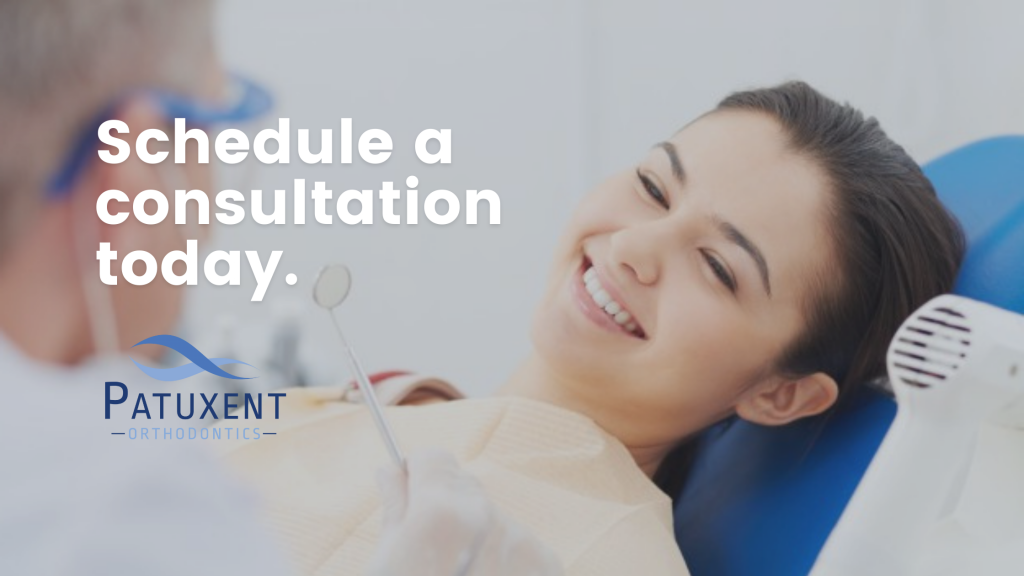Missing teeth can be replaced effectively with a dental implant. An artificial tooth consists of a root and a
In dentistry, an overjet is a relatively common condition, but the term “overjet” isn’t. It is often mistaken for an overbite, but the two are not the same. An overjet is characterized by its own set of symptoms, consequences, and treatments. Overjet can cause problems that worsen over time if they aren’t corrected.
We’ll discuss what an overjet (vs. overbite) is and what it does. Many different treatments are available, so there are options for everyone.
What Is an Overjet?
Malocclusion, or bad bite, is an overjet bite. It occurs when the upper and lower teeth are out of alignment. A pair of front overjet teeth protrude outward at an angle, hovering over the bottom teeth.
The top row of your teeth naturally sits two millimeters in front of the bottom row if they are properly aligned. Because the top teeth slightly overlap the bottom teeth, this happens naturally. An overjet occurs when the gap between the top and bottom is more than three or four millimeters.
Overjet Problems
Numerous medical issues can result from an overjet. It can be painful and even interfere with biting and chewing, depending on the severity. Additionally, it can cause additional stress to other teeth and damage their enamel. Protruding teeth are more vulnerable to damage. Moreover, overjets can also cause TMJ (temporomandibular joint disorder), gum and tooth decay, and sleep problems.
Overjets can also cause emotional distress. Because they are visible, they can make you feel self-conscious. Some people hesitate to show their overjet smile or may even shy away from interacting with others.
Underlying Overjet: What Are the Main Causes?
There are several possible causes of overjet. Family history can, for instance, play a part. It may have been passed down to you from the previous generation. It’s possible that your jaw is too small, causing your teeth to grow crowded or crooked, or your jaw is too large, allowing your teeth to move around where they shouldn’t.
Children who suck on their thumbs, fingers, or pacifiers tend to develop overjets. In addition, you may also have a condition known as “tongue thrust,” in which the tongue pushes excessively against the teeth.
Overjet vs. Overbite: What’s the Difference?
Of the two terms, “overbite” is probably more well known. Perhaps you have seen people with overjets who looked like they had overbites. Certainly, there are similarities and differences between these two medical conditions. Let’s examine the similarities first.
Overjet vs. Overbite: Similarities
A malocclusion (bad bite) occurs when upper and lower teeth are not aligned. Overjets and overbites are both types of malocclusion. When you have normal teeth and therefore chew normally, each upper tooth aligns with its corresponding lower tooth, distributing the force evenly throughout your mouth. If your teeth aren’t aligned, they suffer from more pressure and wear.
Having a malocclusion is not uncommon. It affects approximately 20% of the world’s population in some way.
Overjet vs. Overbite: Differences
An overjet refers to your top teeth protruding through the gap between your bottom teeth at an angle. The top teeth do not protrude at all when you have an overbite. Instead, they cover more than 25% of the bottom teeth with excessive overlap. Some people find it difficult to pronounce the sounds “s” and “sh” due to this “deep bite” or “closed bite.”
Undergoing Treatment: Correcting an Overjet
The best treatment will differ depending on how severe the condition is and any causing circumstances. Several options can be used and combined by your orthodontist for the best result.
In any case, you should have your overjet treated as soon as possible. This condition will worsen with age. Furthermore, younger people have an easier time getting treatment because their teeth are still growing.
Removal of Teeth
Sometimes, overjet results from overcrowded teeth. As a result, one or more teeth may need to be removed to make more room for the remaining teeth. It is beneficial for children to have some baby teeth removed to make room for permanent teeth. Braces or other options may be used to facilitate this process. The jaw is put into a more natural position by reducing the overcrowding, which gives braces or other dental appliances a better chance of working.
Braces
You can effectively correct your overjet with braces. In preparation, your orthodontist researches your medical history and overjet, then designs a mock-up of your braces. You will then have brackets and wires inserted and rubber bands affixed to your teeth. Once your braces are complete, they gradually move your teeth into their proper positions and eliminate the “buck teeth” appearance.
In most cases, you will wear braces for 18 months to two years. Then, you will have to wear a retainer for an additional two to three years to ensure your teeth stay in place.
Invisalign®
With Invisalign®, clear plastic aligners are used instead of metallic brackets and wires to straighten your teeth. Unlike traditional braces, these aligners are more comfortable and aesthetically pleasing. Furthermore, they are removable, making them easier to clean and eat with.
Treatment usually lasts between several months and two years. Following the initial treatment, you’ll probably need to wear a retainer for some time.
Cosmetic Solutions: Veneers, Crowns, and Bonding
There are three options for restoring your teeth: veneers, crowns, and bonding. In this case, the protruding teeth seem closer to normal, and the alignment problems are concealed. Each of these options has long-term effectiveness.
Surgery
It may be necessary to undergo orthognathic surgery (jaw surgery) for severe cases. In this case, the jaws’ length and position are adjusted to realign the maxillary and mandibular bones. The doctor may use wires, plates, and screws to reshape the jaws. It can take up to two years to completely heal, and you will need to wear retainers for the duration.
Understanding Overjets
Regardless of the severity, overjets can be an inconvenience or a real problem that negatively affects your health. The good news is that several effective treatments are available for all levels of severity. Results don’t come overnight, but the result is a smile you don’t feel compelled to hide and, more importantly, a healthier mouth.

Patuxent Orthodontics is the Place for Your Orthodontic Treatment!
Contact Patuxent Orthodontics if orthodontic care is the way to achieve the perfect smile of your dreams! Whether you want to learn more about the benefits of our orthodontic services or simply have questions about the process, use our live chat or call (240) 802-7217 or send us a message through our contact us page to connect with our friendly staff today and book a free consultation! Our office, located at 44220 Airport View Dr., Hollywood, MD 20636, proudly serves Maryland’s Patuxent area, as well as the Greater Washington DC area. So, if you’re residing in California, Lexington Park, and Great Mills and are looking for one of the best orthodontists in MD, don’t hesitate to visit our office! We also invite you to keep up with our blog to get answers to many of the frequently asked questions about maintaining sparkling oral health and follow us on Facebook and Instagram to become a part of our smiling community!











